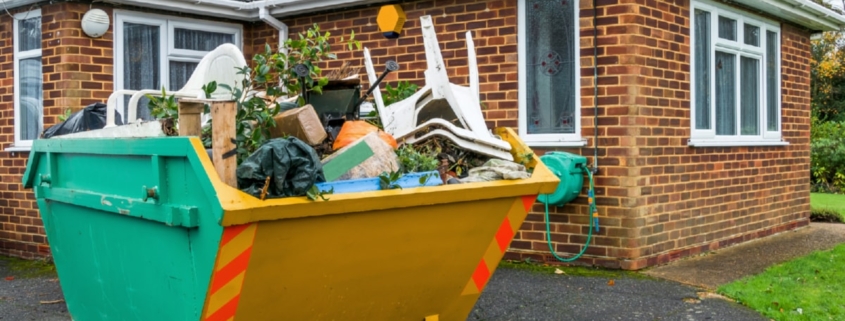Emerging Innovations in the Field of Construction 5185
Understanding the fundamentals of residential construction is an essential aspect for homeowners, aspiring builders, and architects. It involves multiple stages, from planning and designing to the actual building process. The initial stage involves site preparation and foundation work. This vital step ensures a solid and stable structure. Builders then move on to the construction of the house’s skeleton, where walls, floors, and roof structures are erected using steel frames.
The next step is the installation of the roof, which provides protection against external elements. A variety of materials can be used for this purpose, such as tiles. As the construction progresses, windows and doors are installed, and the shell of the house starts taking shape. The interior work begins with the putting in place of the plumbing and electrical wiring. This step is crucial as it ensures the functionality and comfort of the home.
Delving into the basics of eco-friendly building reveals strategies aimed at reducing the environmental impact of construction. Sustainable construction involves designs that maximize energy efficiency, use of recycled materials, and implementation of green building practices. Using solar panels and using energy-saving appliances is one way to achieve this. Sustainable construction not only benefits the environment but also results in lower energy bills.
Building for business purposes differs from residential construction in various aspects. It involves the construction of buildings for business purposes, such as restaurants. Commercial construction requires a more detailed planning and design process, and the use of heavy-duty materials. It also requires adherence to rigorous safety codes and standards for accommodating people with disabilities.
Building for industrial purposes is another complex realm which includes the construction of factories, power plants, and other large-scale projects. This type of construction involves extensive planning, use of heavy-duty machinery, and strict adherence to safety regulations. These projects often require specific expertise and are usually undertaken by large construction firms.
Eco-friendly building is a growing trend in the industry. It involves the use of sustainable methods and materials to reduce the environmental impact of building projects. Green construction practices include designs that maximize energy efficiency, use of recycled materials, and water conservation strategies. The goal is to create structures that are not only environmentally friendly but also cost-effective and efficient.
In conclusion, whether it’s home building, business construction, industrial projects or sustainable building, understanding the basics is crucial. Each type has its unique requirements and challenges, and mastering these will lead to efficient and eco-friendly building projects.
For more details, check best Chimney Services Dublin or visit their Chimney Repairs Service business listing here.



